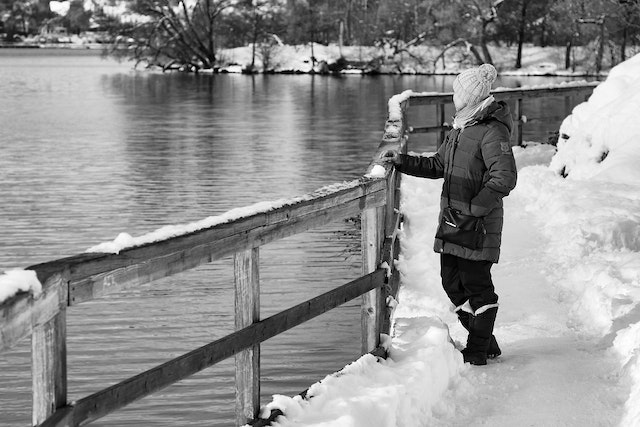Why Do My Joints Hurt When It’s Cold or Hot Outside?
Have you ever noticed that when the temperature outside changes (like when the season changes or there is a significant temperature shift), you begin to feel a bit more pain (or achiness) in your joints? Osteoarthritis (commonly referred to as a “wear-and-tear” arthritis) sufferers seem to lament on this specific issue. In a study of European osteoarthritis sufferers, approximately 67% perceived that weather had affected their pain. This is a phenomenon still not quite understood by experts as there is a lack of research. However, there are a few plausible theories that can lend some explanation.
Rising Barometric Pressure: According to a 2007 study of 200 participants with knee osteoarthritis, for every 10-degree drop in temperature, there was an incremental increase in arthritis pain. Plus, relatively low barometric pressure and precipitation can increase also pain. The fluid that lubricates our joints may be sensitive to atmospheric pressure.
Mood: It’s possible that poor weather creates bad moods in people—when individuals are in this state, they may tend to recognize pain more (or be more receptive to it).
Since many find that cold weather particularly affects their joints, there are a few simple tips you can do that may help alleviate the pain.
- Keep warm by dressing in layers. Don’t forget gloves, mittens, or even face masks.

- Consider using electric heating pads or an electric blanket in cold weather.
- Stay active—exercise boosts production of synovial fluid which is what lubricates our joints.
Check out more tips from WebMD regarding how to alleviate weather-related joint pain.





